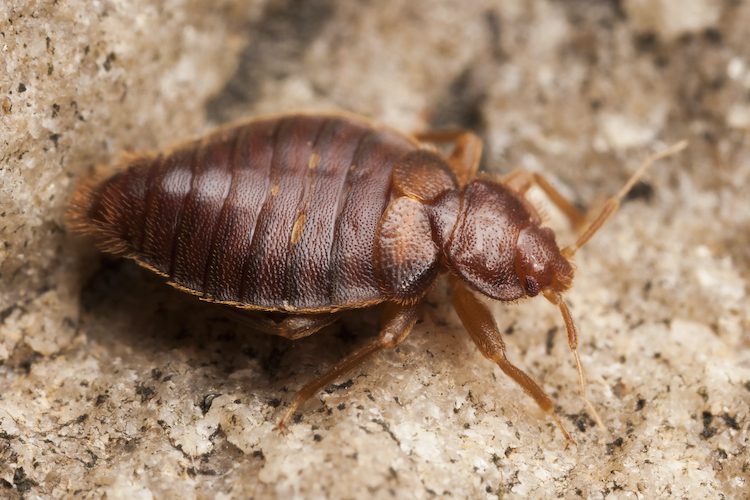
Due to the fact that so many people do not really know much about bed bugs, over the years, other insects and bugs have been mistaken for bed bugs. Even some professionals have effected bed bug treatment in houses that were actually infested with carpet beetles.
Because of the recent popularity of bed bugs in the news and online media, whenever people see a little bug crawling on their bed, they immediately get paranoid, thinking that it’s a bed bug. Well, while it may actually be a bed bug, in many cases, it isn’t.
To effectively tackle bed bugs and avoid infestation, we all need to be able to identify and differentiate bed bugs from other tiny insects.
Bites Mistaken as Bed Bug Bites
Other insects’ bites may also be mistaken for bed bug bites. The most common of these are mosquito and flea bites.
One cannot just look at a bite mark or rash and correctly ascertain if it’s a bed bug bite or not, therefore, it is often advisable to take a specimen along when seeing a doctor, just for diagnostic purposes.
While it’s true that we can’t just wish away the paranoia of being bitten by a bed bug, it is important for us to know some of the signs and symptoms of bed bug bite before we go crying to the doctor.
Just like mosquito bite marks, bed bug bite marks naturally go away within a short period, but in rare cases, people develop some allergic reaction that may require medication.
Over the past six years, there have been cases where bed bug bite caused blisters and welts that aggravated into inflammation and secondary skin infection, which required urgent medical attention. In two cases, the victims had anaphylactic reaction, and had to be rushed to the hospital.
Different people react to bed bug bites in different ways, so if your body is too sensitive and you are scared that the bite may cause you an adverse reaction, see your doctor immediately.
Insects Mistaken for Bed Bugs
Okay, let’s check out some insects that are often mistaken for bed bugs. First of all, let’s take a close look at the physiological features of the bed bug, from egg stage to adulthood.
This is a magnified view of bed bugs eggs. As you can see, at one tip of each egg, there is a small “hatch lid.” This is where the tiny bugs will emerge from. Also notice the red eye spot through the translucent shell of the eggs.
Upon hatching, the young nymph has a translucent body.
Blood meal is visible through the translucent body of the nymph
Bed bugs undergo metamorphosis, which consist of five nymph stages before they develop into adult bed bugs. Every nymph stage requires a blood meal, and with each successive stage, the bed bug becomes a little darker in color and bigger in size.
They also molt or shed their skins. (The shed skin is labelled “exuvia” in the life cycle diagram above)
For more information on bed bugs please Click Here…



